For a few days, the beaches in Dunkirk were the most important place on the war maps. Operation Dynamo took place here, it saved thousands of people.
Dunkirk was founded around 800 years as a Flemish fishing village. The main city income comes from fishing and passenger transport. Dunkirk is the third largest port in France. Due to its location the Dunkirk port plays a significant role in the passenger and freight transport between continental Europe and Great Britain.
Operation Dynamo Museum in Dunkirk
Operation Dynamo
The events that took place here during the World War II became famous all over the world. We refer to the Operation Dynamo. The operation was the evacuation of the British Expeditionary Corps and the French, Belgian troops against the surrounding Nazi troops. It happened between May 25 and June 4 1940. The soldiers were evacuated from the port of Dunkirk to the Great Britain. Approx. 330,000 people were evacuated. A large part of military equipment, including trucks, planes, and vessels were abandoned by the Allies on the beach in Dunkirk. There was no time to take them.
The cannon produced by SKODA model 14/19 caliber 100 m/m modernized to 105 m/m NATO
The museum commemorating this operation is located in Bastion 32 from 1874. During the operation the Allied headquarter was located here. Close to the Bastion is a pier and beach where soldiers were evacuated. The museum can be visited every day from March to November. The cost of an adult visit is 8 euros. At the beginning there is a 12-minute introductory film about the events that took place at the turn of May and June. The museum has many objects, equipment abandoned on the beach in Dunkirk during the evacuation. There are also remaining after wheeled vehicles and a large collection of weapons. The museum also honored the memory of the 1st Czechoslovak Armoured Brigade. Together with the French troops they participated in unleashing the city in May 1945. There is free parking in front of the museum, but the museum warns against leaving valuable items in the car.
The pier and the beach in Dunkirk
It is worth seeing the nearby pier after visiting the Operation Dynamo Museum. Then go down to the beach. A few hundred meters further are cafes and restaurants. It is worth stopping for a moment for a drink or hot coffee, looking at the waves of the North Sea. The beach is full of seashells, so also children may have a lot of fun walking around and looking for colorful residues of marine life.
The Town Hall, Belfry, Saint-Eloi Church and Jean Bart Square
In the center of Dunkirk is many shops, bakeries, cafes and pubs. It is good to see the neoclassicist Hôtel de Ville. this is the Town Hall, it is 117 years old and its belfry has been inscribed on the UNESCO World Heritage List. The city council is located in this building. Weddings are also held there.
The Town Hall stands on the ruins of its predecessor from 1233, which was destroyed and burned. In 1896 the decision was made to build a new Town Hall in the place of the old one. The old one was completely demolished. New City Hall was designed by Louis Maria Cordonnier. The building was built in four years. On the facade are statues of six men who contributed to the development of Dunkirk. Originally, there were eight men. Two missing sculptures were destroyed during the War.
The belfry in Dunkirk
Three hundred meters further are two more attractions of Dunkirk. Le Beffroi, the bell tower built in 1440, like the Town Hall inscribed on the UNESCO World Heritage List. It is 58 meters high. You can admire the panorama of the city, the port and the beach from the top. The entrance to the tower costs 3.5 euros. Before the planned arrival, it is better to check the opening hours, because you can hit the hour of a lunch break or be too late. In front of the bell tower is the Saint Eloi Church. It is dated back to the 15th century. It was built at the place of former hospice. The temple was rebuilt many times. During the First World War it was heavily damaged, it was reconstructed. The Second World War was also not good for the church, because the building was bombed, only the walls left. The next reconstruction lasted until 1985. In the church is buried the famous French privateer Jean Bart.
The Saint Eloi Church
Jean Bart was a French Admiral born in the mid-seventeenth century in Dunkirk. Jean participated in numerous operations of the French fleet. His greatest successes was during the Palatine war in 1688-1697. He was captured by the English ships and transported to Plymouth. He escaped three days later on a rowing boat together with other sailors. In 1691, he terrorized the enemy merchant fleet and reached the shores of Scotland where he burned 4 villages and a castle. This war was not good for the France, because of the long-standing shortages of food. England could have a hold over the French. That's why, it was so important to save 120 ships carrying grain from the Polish-Lithuanian Commonwealth. King Louis XIV awarded Jean Bart for that giving him the knighthood. In Dunkirk there is a square and a sailor's statue from 1845. It survived unharmed all the wars.
The Dunkirk Harbour Museum
Before coming to the museum, it is worth checking their website because the exhibitions and attractions change depending on the season. They offer also additional attractions, for example the carnival, Christmas and other attractions. The museum employs animators who present the history to the youngest guests. In addition, the museum also hosts conferences and exhibitions.
The ship "Duchesse Anna", in the background the Dunkirk Harbour Museum
In the museum you can also visit lighthouse and beautiful sailing ships, for example Duchess Anna from 1901. The ship was handed over to France as a war reparations after the Second World War and changed its name from Großherzogin Elisabethna to Duchesse Anna and Sandetti. Ticket costs 9 euros for an adult, family ticket is for 23 euros (2 adults + 2 children (under 18 years) or 1 adult + 3 children).



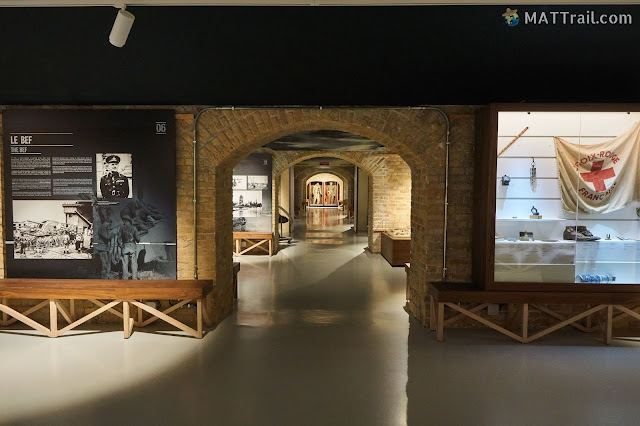

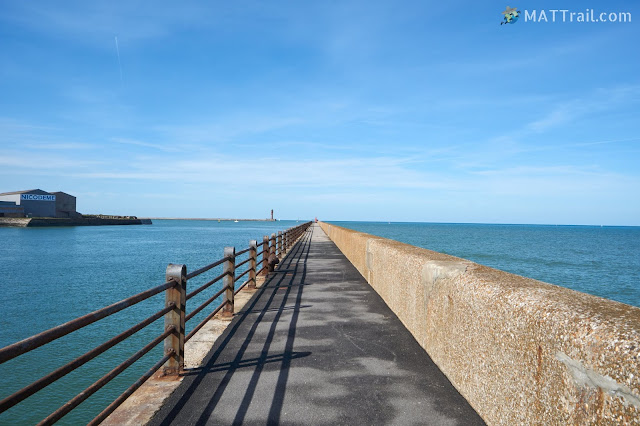



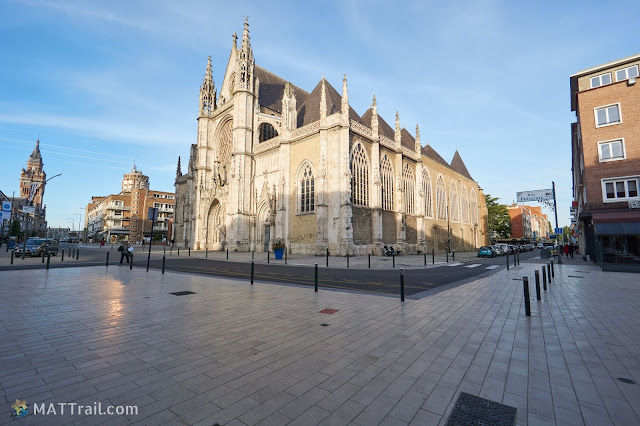
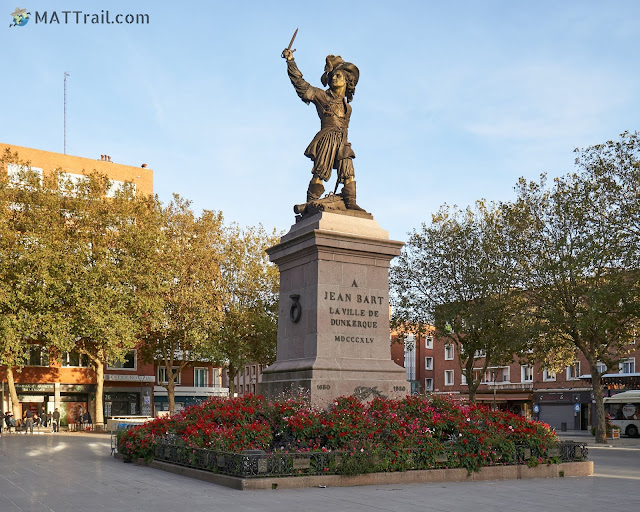
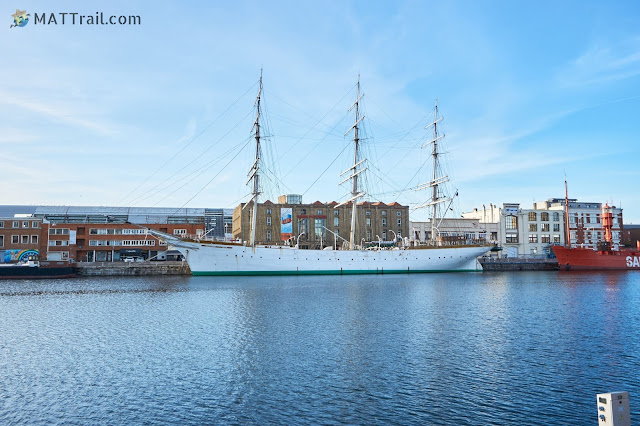













No comments:
Post a Comment